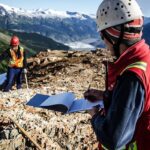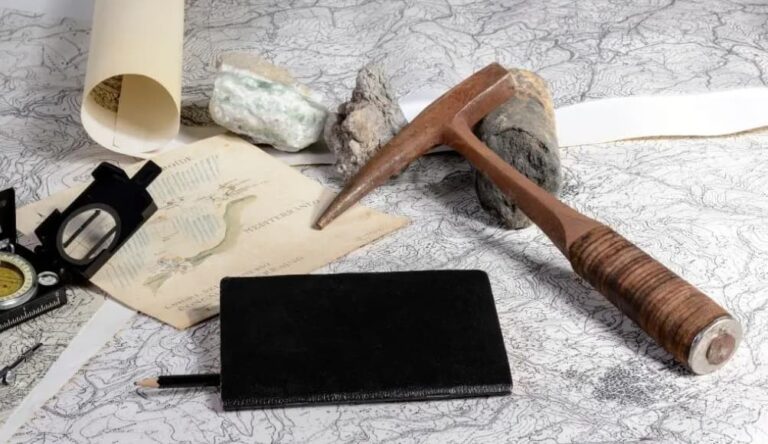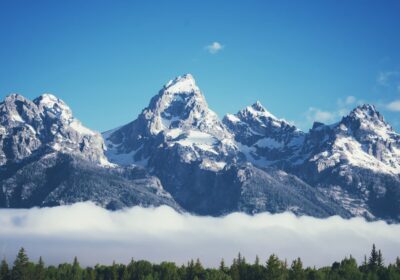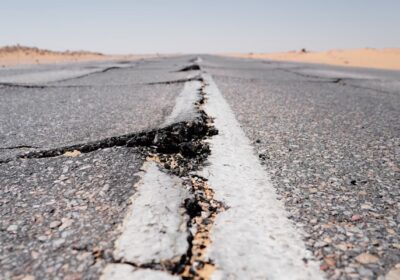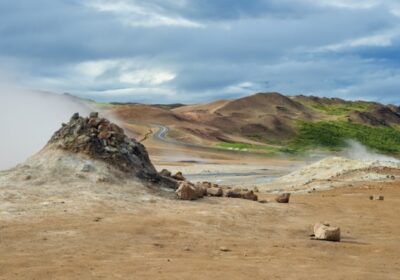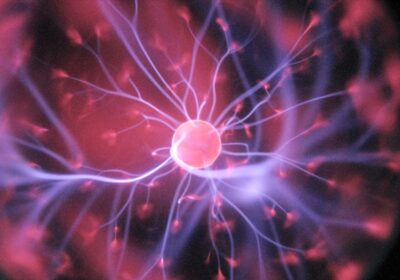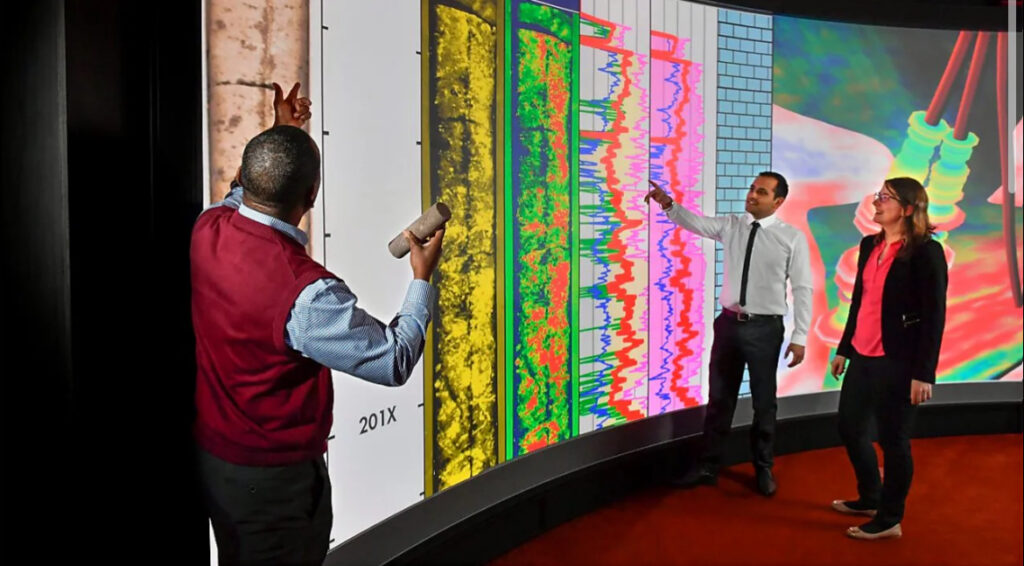
How to Become a Petrophysicist: Path to a Dynamic Career
Introducing a new addition to our cheatsheet collection, this week’s spotlight is on well log analysis and petrophysics. For those unfamiliar with our cheatsheets, they offer valuable insights into various subjects – definitely worth exploring. The decision to curate this cheatsheet was prompted by the intricate challenges involved in deciphering log data.
Unveiling Well Log Analysis and Petrophysics:
Earlier this week, a comprehensive cheatsheet dedicated to well log analysis and petrophysics was unveiled. If you haven’t explored our other cheatsheets, they’re worth a glance. The decision to create this cheatsheet stems from the recognition of the inherent complexities in interpreting log data, presenting at least three noteworthy challenges:
1. Indirect Measurement Properties:
The majority of tools used in well-log analysis do not measure the properties directly relevant to geologists. For instance, the radioactivity of rocks might not be inherently significant, yet it serves as a reliable proxy for clay and organic matter due to their higher uranium and radioactive element content. Essentially, logs often act as proxies for the crucial data sought by geologists. This reliance on indirect measurements requires geologists to understand the relationship between the measured properties and the geological features of interest deeply. Such understanding is pivotal in interpreting the data correctly and making informed decisions about the presence and quantity of resources like hydrocarbons. Moreover, advancements in technology have introduced more sophisticated tools that promise direct measurements, yet the interpretation of their outputs still relies heavily on correlating with established proxies. The challenge lies not only in gathering data but also in the nuanced interpretation, necessitating a blend of technical knowledge and geological insight to discern the underlying realities of the subsurface.
2. Methodological Filters and Interference:
Observing rocks through the lens of the chosen method introduces biases. Even if reservoir properties could be perfectly derived from logs, factors like drilling fluid invasion, especially in permeable formations, pose challenges. The drilling fluid composition, such as barite’s gamma-ray absorption, can further complicate accurate data collection. This phenomenon underscores the importance of recognizing and compensating for such interferences in log analysis. Advanced modeling and correction techniques are employed to mitigate these effects, but they often require assumptions that may not hold true in all geological settings. Additionally, the physical interaction between the logging tools and the rock formations can introduce measurement errors. For example, tool eccentricity or borehole conditions can significantly affect log responses. These complexities necessitate a multifaceted approach, combining data from different logs and applying correction factors to approach a true representation of the subsurface. Understanding these methodological limitations is crucial for geologists and engineers to extract meaningful insights from well logs, making the interpretation both an art and a science.
3. Jargon and Historical Complexity:
The field of well-log analysis is rife with jargon and historical baggage, dating back almost a century to Conrad and Marcel Schlumberger’s pioneering work. The constant invention of new tools and methods has resulted in a diverse, sometimes bewildering array. Modern tools, collecting multi-dimensional data, add an extra layer of complexity, contributing to an intimidating menagerie of information. This evolution reflects the industry’s response to the increasing complexity of geological formations encountered and the demand for more accurate reservoir characterizations. However, the proliferation of specialized terms and concepts can hinder effective communication among professionals from different backgrounds, potentially isolating well log analysis within a silo of expertise. Efforts to standardize terminology and improve educational resources are crucial for bridging these gaps. Additionally, the historical context of well logging provides valuable lessons in innovation and adaptation, highlighting the importance of continuously evolving our understanding and methodologies to meet the challenges of energy exploration and production in an environmentally responsible manner.
A Comprehensive Resource
The cheatsheet draws from various sources, amalgamating insights from personal experiences and input from petrophysical specialists like Neil Watson, Andrea Creemer, and Ross Crain. References consulted include Schlumberger’s “Log Interpretation Principles/Applications,” Rider’s “The Geological Interpretation of Well Logs,” Crain’s “Petrophysical Handbook,” as well as online documentation from Schlumberger and Halliburton, and Paul Glover’s course notes.
Navigating the Complexities
In the realm of well log analysis, navigating through the complexities demands a nuanced understanding of the challenges posed by indirect measurement properties, methodological filters, and the historical intricacies entwined in the field. This cheatsheet serves as a comprehensive guide, drawing on diverse sources, personal experiences, and expertise from petrophysical specialists. By amalgamating insights from renowned references and online documentation, this cheatsheet aims to demystify the complexities of well log analysis and petrophysics, providing a valuable resource for geologists and enthusiasts alike.






